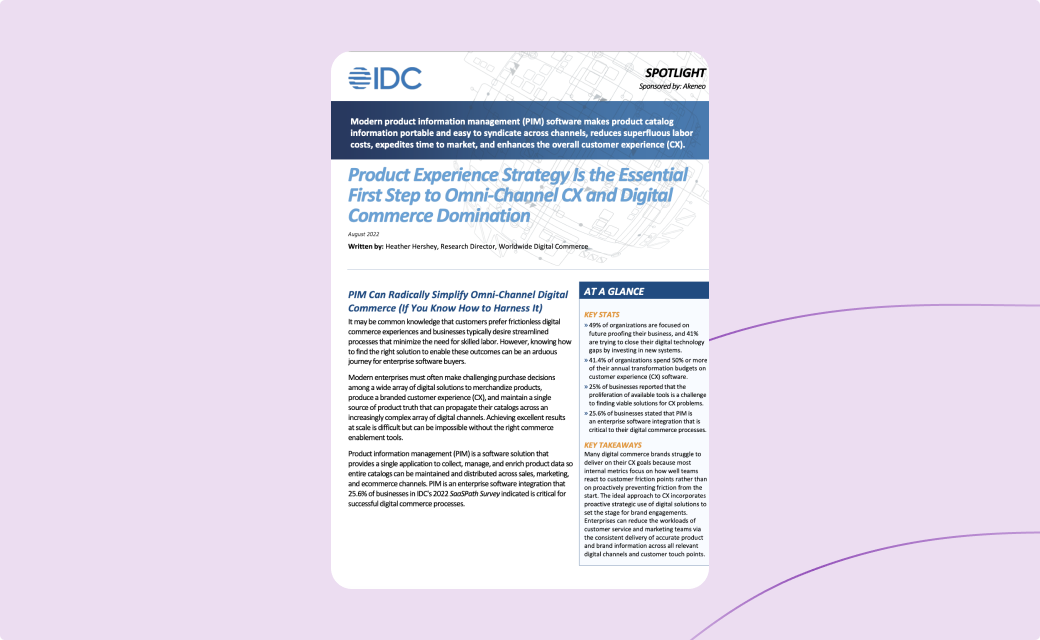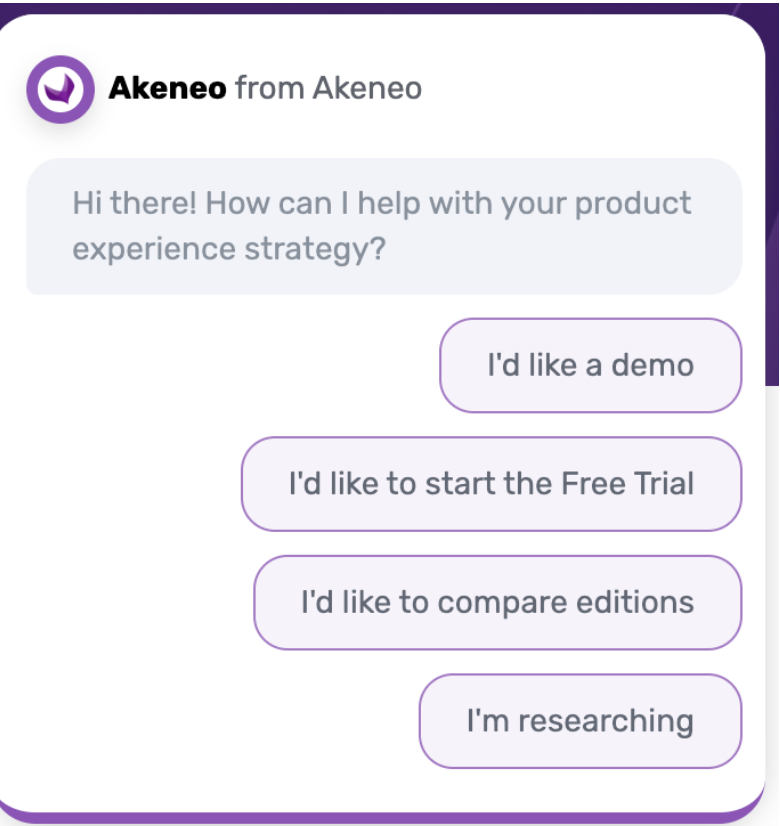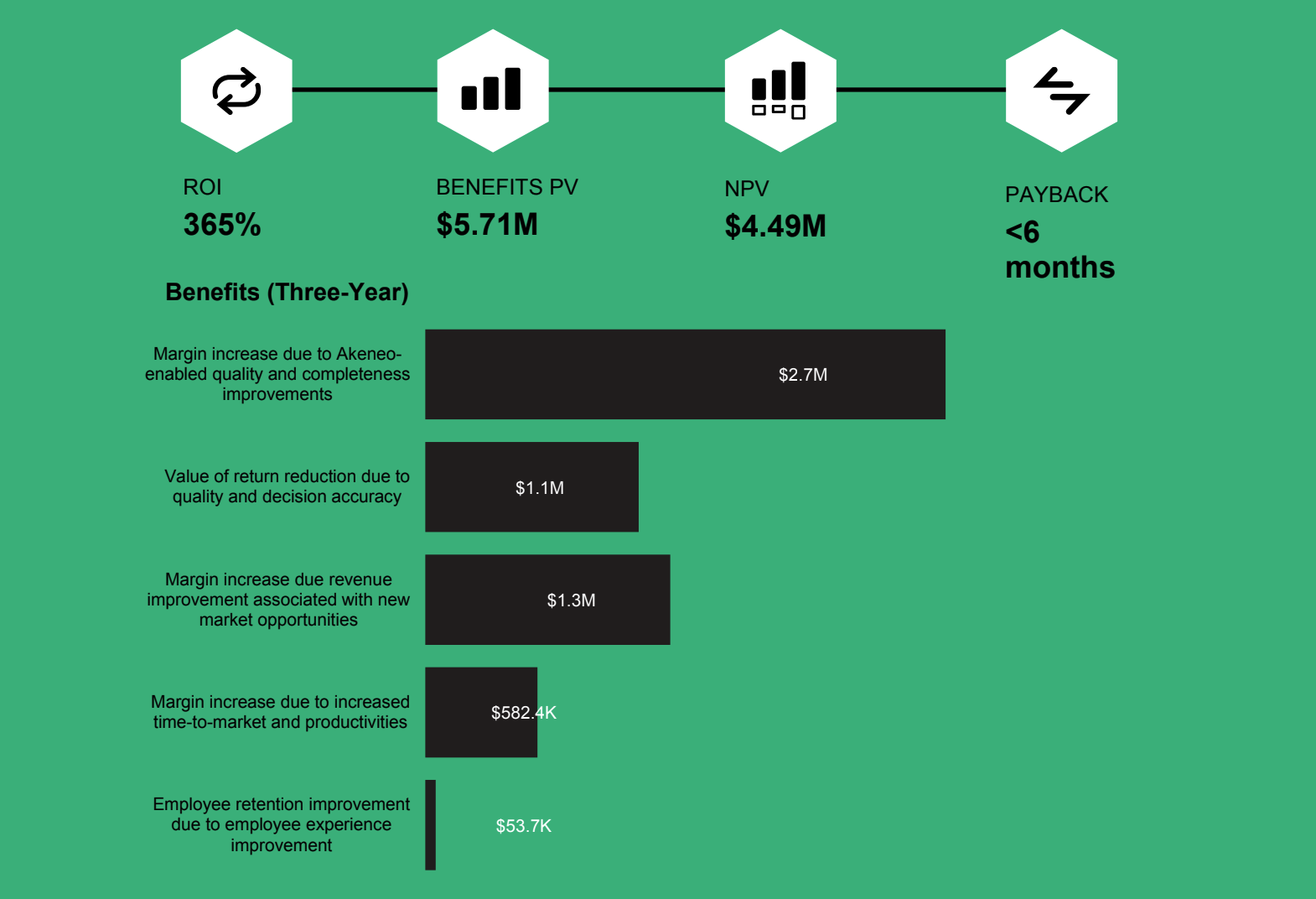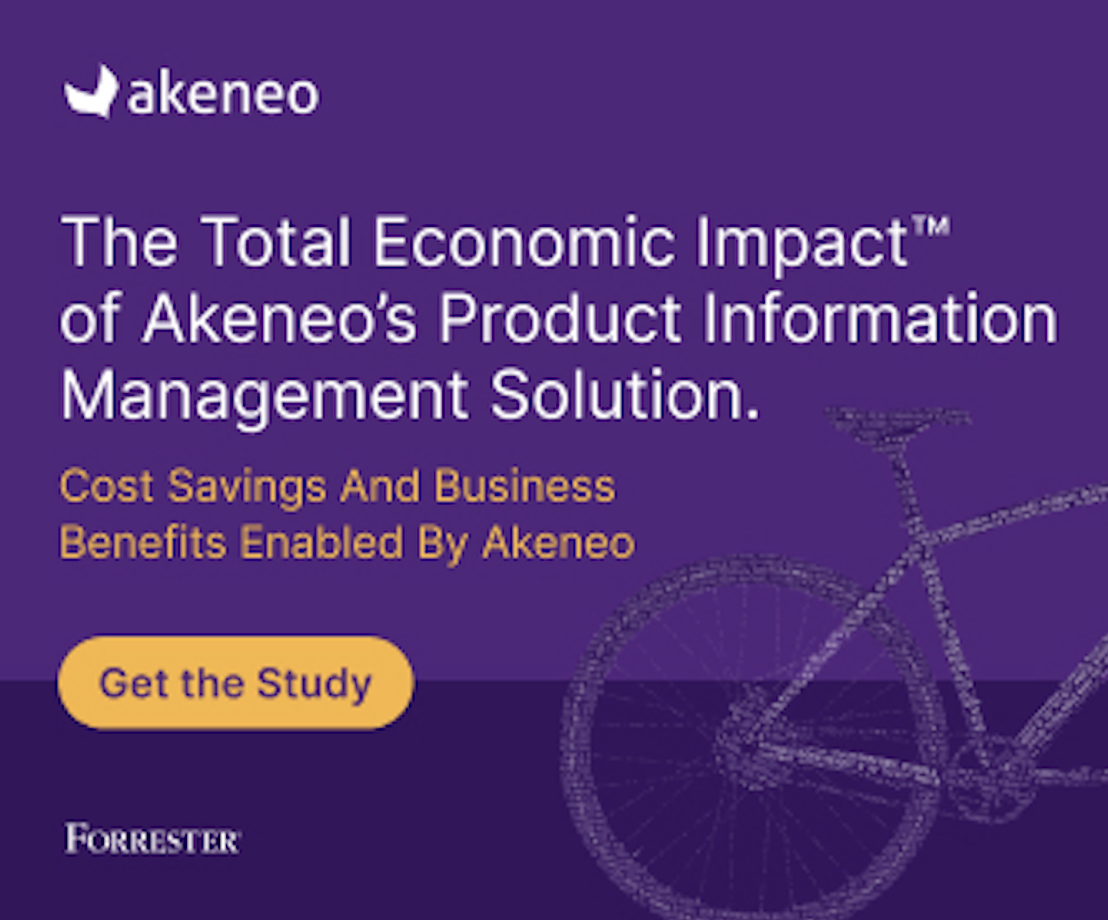It’s been more than 25 years since Bill Gates famously proclaimed “content is king”—and yet it’s still true. Organizations today are creating more content than ever: 66% of content marketers said they created more content in 2022 than the previous year.
All that content means one thing: a lot of digital assets.
As the amount of content we put out into the world continues to increase, so does our need for digital asset management software. Let’s dive into everything you need to know about this key piece of your data puzzle.
What Are Digital Assets?
Digital assets are unique files that are created and stored on a computer, server, or in the cloud. They are easily identifiable and provide value to your organization.
In the context of product marketing, digital assets include any file that you use to sell or market your products across any channel or marketplace. Most commonly this includes photos and images, videos, graphics, and written product information. It also includes the color palettes, fonts, and so on that you need to create these assets. Even your brand logo is a digital asset.
Beyond the most common marketing purposes, the digital asset definition can also include sales enablement collateral such as PowerPoints and one-pagers, operations-related assets like diagrams and process documents, and assets from your design and engineering teams such as blueprints and 3D renderings.
There’s also another, more recent answer to “What are digital assets?” With the dawn of cryptocurrency and blockchain technology, more and more people are becoming familiar with the concept of digital assets as currency, virtual real estate, and non-fungible tokens (NFTs).
While these certainly count as digital assets, they are not typically what organizations are referring to when they discuss digital asset management software, so we’ve left them out of this discussion.
What Is a Digital Asset Management System?
A digital asset management system consists of the processes you use to collect, manage, and make use of your digital assets across your organization and across the entire product lifecycle. Most DAM systems today involve software and provide a single database for all of your digital assets and an easy way to share and distribute them around the world.
DAM software will be able to easily import your digital assets from many different sources and in many different file formats, including audio, video, image, and other programs. It will allow you to organize those assets in a flexible and customizable way. And it will connect to your various sales channels so that you can easily transmit those files.
In essence, effective digital asset management ensures that anyone in your organization and outside of it can find the files they need, when they need them.
What Does DAM Software Do?
Today’s digital asset manager systems have come a long way since those of the 1990s. Many of them now run in the cloud, so there is no expensive hardware to maintain, although on-site servers still exist.
Tools for digital asset management include templates you can use to standardize the creation of assets, as well as the ability to upload, organize, and store various file formats. You’ll be able to tag your assets with metadata including the type of asset, technology used, and version. Then you can create workflows that automate various tasks and processes.
Most DAM software also includes collaboration tools, like the ability to make edits and leave comments. Once your file is final, it will provide numerous ways you can distribute the content, such as connecting to your product information management (PIM) software or uploading directly to your website.
Other essential functions of DAM software include unlimited storage, file backups, and version control, which ensures that the latest version is being used. You’ll also be able to set permissions, which allows you to limit who can see and make changes to each asset and helps prevent errors and intellectual property theft.
DAM systems don’t just store your files—they give you a complete and holistic view into their history and current status. And they do it in a user-friendly way.
Why Do You Need a DAM System?
According to one survey, marketers and creatives estimate their teams spend 91 hours per week searching for digital assets. Nearly half report that this slows down their productivity. And only 14% are happy with how their digital assets are stored.
This is a huge opportunity for organizations to not only improve their efficiencies, but also create happier and more satisfied employees. The same survey found that those who do have a DAM system are 41% more likely to be satisfied with their digital asset workflow.
The larger your digital asset library, the greater your need for DAM software. and it isn’t just marketing teams that benefit. When your sales, customer service, web development, and other teams have easy access to your files, that means your marketing and creative teams don’t have to spend as much time fulfilling digital content management requests.
A good asset management strategy will improve your organizational communication, collaboration, and agility. It will streamline your workflows and optimize digital asset production. It will reduce errors and duplicate content.
Most importantly, good digital asset management will lead to a better customer experience by ensuring that all assets are accurate, consistent, and up to date.
So what is DAM? It’s actually a solution to many of your organizational challenges.
How to Choose the Best DAM Software for Your Business
Managing brand assets doesn’t have to be difficult. Above all, DAM software should solve your business challenges, not contribute to them. Here’s what to look for so you can find a solution that does just that.
Features and Customization
The real question for your organization is, “What is a digital asset management system to you?” Asset manager systems come with many different capabilities. Do you mainly need to store design files? Or do you need mostly digital content management? While many solutions have similar features, some may excel more in the areas that are important to you.
Any solution you choose should come with the ability to add and remove features as needed. Open source DAM software is an excellent option if customization is especially important to you.
Tech Stack Integration
You don’t want your DAM system to put up walls instead of breaking down silos. The data you upload should never become an island. The best DAM systems are made to not only share, but to easily integrate with your existing tech stack.
Depending on the type of files you work with, you’ll want the ability to import from Microsoft Office, Adobe Creative Cloud, and project management tools. You’ll also want to connect your DAM to your other data management tools, like your master data management (MDM) and PIM systems. If you don’t see your tools listed, ask the company if they provide the ability for your developers to connect via API.
Search Capabilities
Searching for assets is one of the most important capabilities of DAM software. You’ll want to be able to search in two directions: search the metadata to find your assets, and search within an asset to find its metadata.
You’ll also want to make sure it’s easy to label your assets in the first place, using simple adjustments and customizable fields rather than complicated code that requires a developer. Also consider the ease of filtering your search results. Does the DAM system have the filters you need or will you need to create them?
Security and Recoverability
Security for your digital assets is especially important if you work in an industry involving R&D or other intellectual property. Up-to-date security protocols and the latest encryption are essential, as is a secure server where your data will be stored. Your DAM system should also ensure your files are redundant and recoverable and that the system is backed up and reliable.
Permissions are another aspect of security that’s important. If your DAM software doesn’t provide detailed enough access rights with role based permissions, you may not be able to assign the permissions you want.
Sharing
Your DAM software should make it easier to share files among your team and with outside organizations. You want fast, efficient file transfer that leverages compression without affecting quality.
You’ll also want the ability to easily group files based on who you are sharing them with, like marketing teams, product teams, customers, and suppliers or distributors. Then you’ll want to be sure you can give those people access as needed.
The real answer to the question “What is DAM?” is that it is quickly becoming one of the most essential tools for asset management, especially for large enterprises and eCommerce. Along with tools like PIM, it’s part of the overall strategy you need to implement to ensure a consistent and streamlined customer experience across all of your channels. In fact, the match between DAM and PIM was made in heaven.
Want to learn more about how DAM and PIM can work together? Check out this webinar with tech and business experts to learn how this integration can benefit your business. Then book a demo and let us show you how it works.






























